Kudos to you for finding your way here. It means you’re researching how to do the responsible thing with your old car seat instead of randomly dumping it in a landfill.
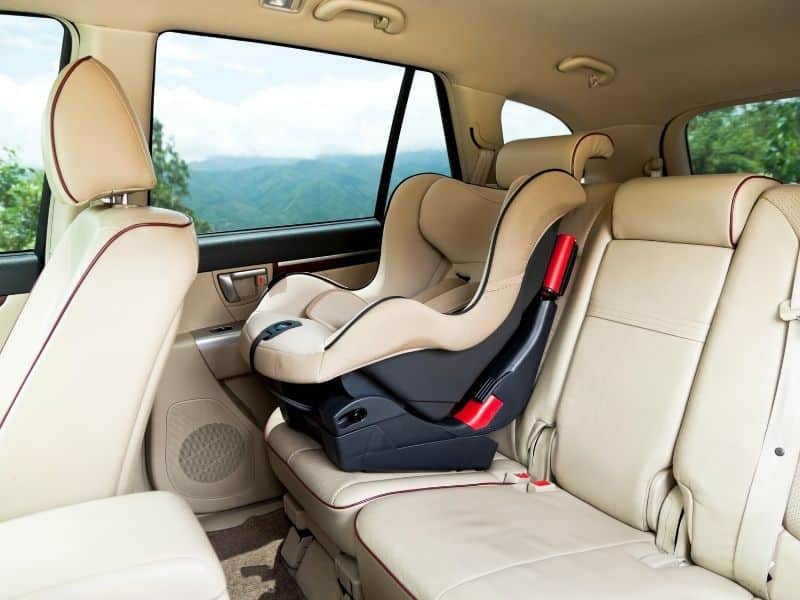
Why mention landfill as an option?
Because it’s where most expired car seats end up.
The reported numbers I’ve seen are shocking – up to 90% of all old car seats end up in junkyards.
For the US, that’s a whopping 180 million tons of plastic that could otherwise be used.
I’ve said it…shocking, right?
We can certainly do better than that.
So, I’ve compiled a list of all the options – from recycling car seats to donation programs.
First things first – car seat expiration explained
Is your car seat ‘expired beyond use,’ or can you still donate it?
Below are five rules of thumb:
- For most car seats, the expiration date will be pressed into the plastic or printed on the bottom of the label. If it’s past the expiration date, donating is not an option.
- If you see labels (warnings, installation, manufacturing date) but no expiration date, call the manufacturer and ask. Baby car seats have a shelf life of 6-7 years, but consulting the manufacturer is the only way to be sure if there’s no expiration on the label.
- If the car seat has been involved in an accident, even a minor one, it’s done its part and should retire. They’re designed to only perform once in a car crash.
- If you don’t know the history of the old car seat, stay on the safe side and assume that it has been in an accident (an unlikely scenario…still worth mentioning).
- If the labels are missing from the used car seat, it’s useless. It’s federal law. It might sound odd, but the law is in place to make sure no recalled seats find their way into American cars.
To summarize – a used car seat is only safe if you can be sure it’s never been in an accident, it’s not expired, and all the labels are there.
Personally, I’d stay away from used car seats just because you can never be sure of what you’re getting.
What to do with old car seats
Below is a concise list of a few convenient ways to get rid of old car seats.
1 – Reach out to a child passenger safety technician (CPST)
This is the first thing on my list because I think you squeeze ‘the most juice’ out of the old car seat.
If they take it off your hands and use it for training purposes, that seat will begin a new life and stay useful for years to come. And when it stops being that, a CPST will for sure know what to do with it.
Your seat might be rare, and there’s a good chance they’ll be thrilled to get it.
How to find a safety technician
Go to the search form on the National CPS website and fill it.
My tip would be to go as broad as possible and just fill in the fields for your location. Unless you already have someone in mind, leave all the other fields empty for most results.
Just to save the time of calling 20 people up and not getting anywhere, I’d ask the CPST about my particular model. They’ll know what the chances are of finding someone that needs it.
2 – Donate the seat
Strictly speaking, the first option also falls under the umbrella of donating. I just wanted to stress it because it’s the ideal scenario.
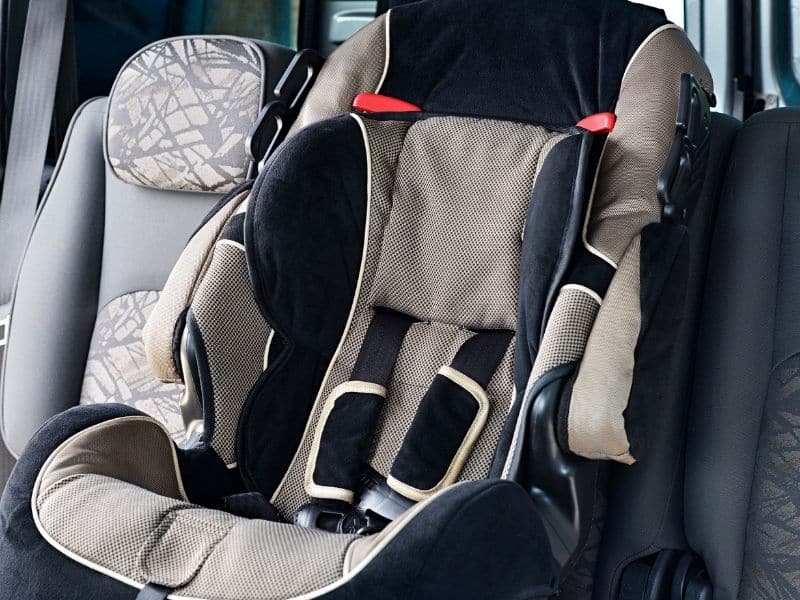
You can also donate car seats to local charities, churches, and shelters.
Just go to Google and type in “donate car seat near me,” and you’ll get a list of organizations that accept car seats. Bear in mind that many of them don’t.
Don’t be offended if they’re picky
If you call a charity up and they start asking questions about the seat, think back to the rules of thumb list above.
They have to make sure that the seat ticks all the safety boxes.
Expiration is not so much of an issue here – it’s the damaged car seats that are the problem. Even if it looks mint, they still need to confirm there’s no structural damage.
My point here is that you might feel like you’re not being appreciated for the kind act once those questions start flowing.
That’s not it.
These places have strict policies about donating baby gear.
That pre-owned checkered sweater might be a fashion no-no, but it won’t endanger anyone’s life.
A used car seat might.
Be patient and don’t take it personally.
Related reads: How long can a newborn be in a car seat? | When to Move from Infant Car Seat to Convertible
3 – Find a car seat recycling program
Not all recycling centers accept car seats.
Bonus tip: The shorter way to do this is to go directly to the Recycle Your Car Seat national database and choose your area from the listed drop-down menus.
Some car seat manufacturers have organized mail-in programs that make it very easy to do.
My favorite is Clek’s program – it’s year-round and nationwide, and they take in any car seat brand.
Finally, you get a 10% (or $10) discount coupon to be used on their website (ClekInc.com).
These are the steps to recycle a car seat through the program:
- Go to the Car Seat Recycling website here
- Select the type of car seat you want to recycle to get the appropriate recycling kit (the kits go from $35-50)
- The kit arrives with a prepaid shipping label. Pack the seat, label it and drop it at any UPS location.
“Why am I paying for the recycle kit?”
You might feel you shouldn’t have to pay out of pocket to recycle your car seat. After all, you’re the responsible one while most people are just dumping them in landfills.
That’s true but keep two things in mind:
- Organized programs like this do most of the work for you.
- Recycling the seats isn’t easy because the materials are always an odd mixture of plastic, fabric, car seat foam, and metal. The materials they get from it barely cover the cost of recycling. This is also why most recycling centers don’t accept car seats.
And when someone makes it as easy by accepting all brands at any time and place, I’m OK with paying for the shipping kit.
Clek has recycled over half a million seats so far, and helping that effort is admirable. I want to be clear that I’m in no way affiliated with their recycling program; I just like the initiative.
Alternatively, you can always google ‘recycling near me’ and phone your local centers to find one that accepts car seats.
4 – Car seat trade-in and buyback programs
Another good option is finding a trade-in event. Some stores (like Target and Walmart) organize these yearly, and you typically get 20% off one piece of baby gear.
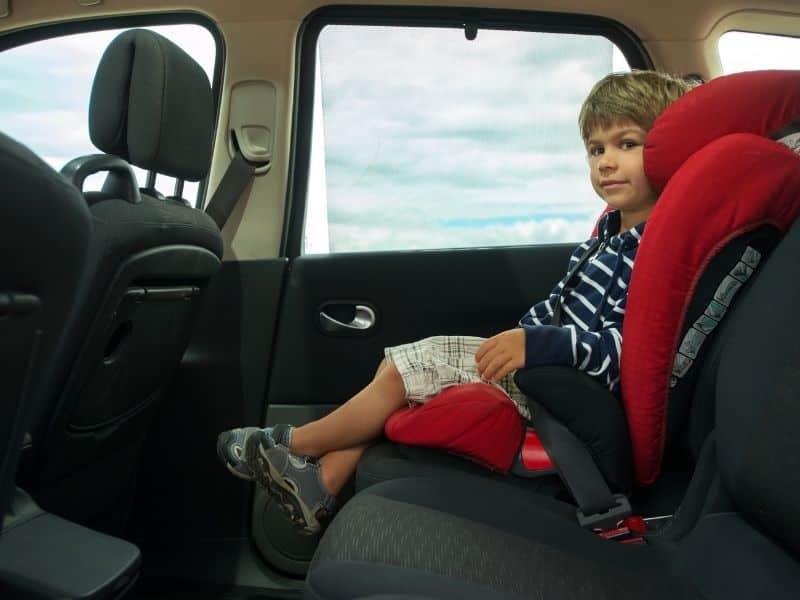
You can redeem the discount coupon by buying through their app or the website.
The coupons make for a nice gift for environmentally conscious parents.
(“Not as nice as a blender,” said the voice in his head.)
Moving on…
Target started these back in 2016 and has since recycled dozens of millions of pounds in car seats.
To get all information on the program, check out this page on their website.
However, Target trade-ins aren’t nearly as convenient as Clek’s program because you still have to wait with the seat in your house in the garage.
If you’re anything like me, you’re looking for a clean, fast solution.
5 – Talk to the car seat manufacturers
If the previous 4 options fail, the following common-sense step is to call up the company making your seat and ask if they have a buyback or a trade-in program.
In my experience, most of them will tell you about the options I listed above. Still, they probably hear the question daily and can offer a solution beyond this list.
6 – If else fails, minimize the environmental impact yourself
In the unlikely event that none of the above options work for you, you still shouldn’t just dump the seat.
Instead, minimize the impact by doing what can be done:
- Take the car seat apart
- Separate the different materials – recyclable from the non-recyclable (you can recycle most of the plastic or metal)
- Look for reuse facilities for the fabric parts. If you can’t find one, look for a compost location.
The problem with recycling infant car seats on your own
Even if you go through the effort of taking the seat apart, there’s still a good chance that the recycling truck won’t pick it up.
In this scenario, the 40 or 50 bucks you’d pay for a car seat recycling kit will feel cheap.
Resume and takeaways
I promised to be concise and give you actionable advice on what to do with an old car seat.
I’ve covered doing it yourself (less than ideal), Target’s trade-ins, and my favorite – the Clek program.
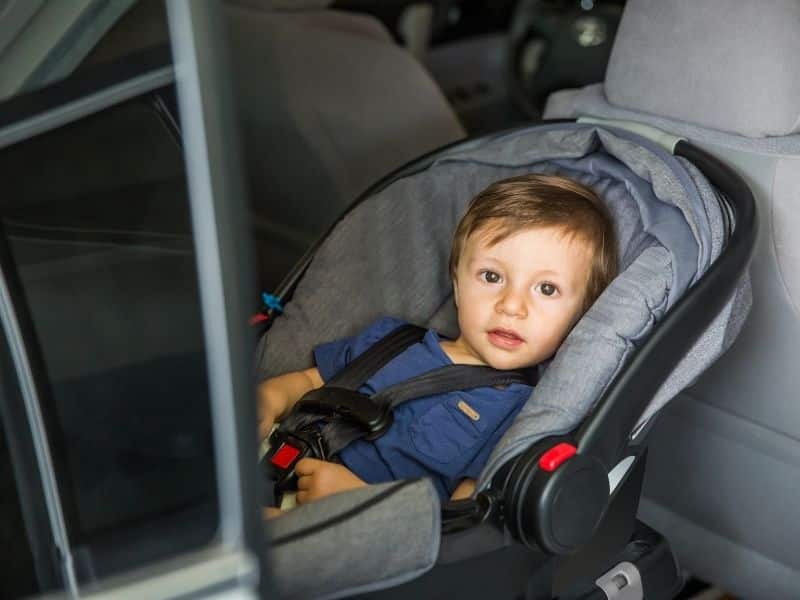
I’d like to leave you with one thought – the kind of plastic used for car seats will take anywhere from one to ten centuries to decompose.
Bear that in mind if the effort you’re making starts feeling a bit much.
Did you ever wonder if car seats float? Click here to find out!
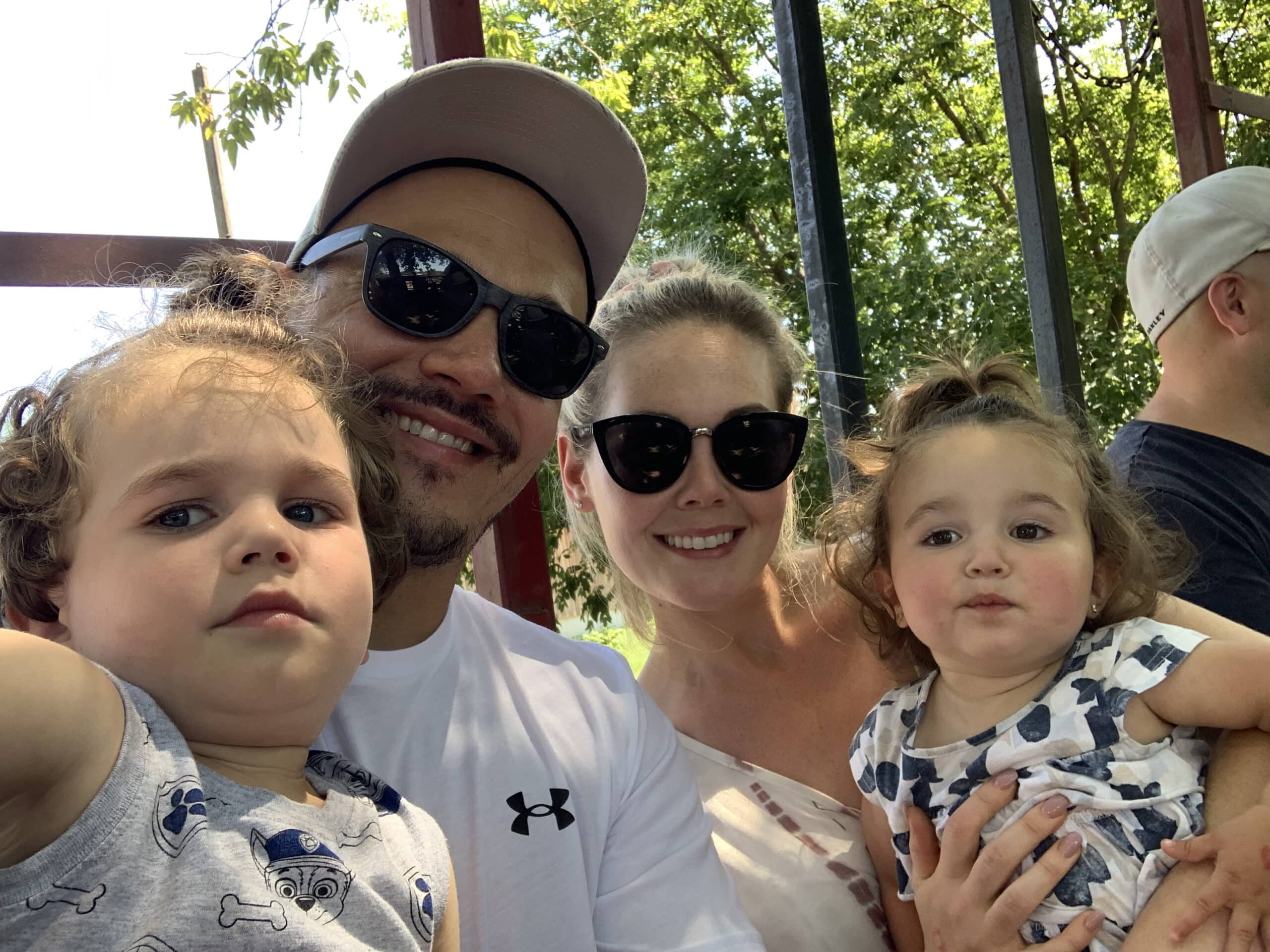
Steph is a passionate mom who co-founded Wumblers to share her parenting journey with others. She graduated from Concordia University with a masters degree in Education Technology and worked as an advisor for many years. Steph loves being a mom and wants to have more kids.
Learn more about Steph and Wumblers here.